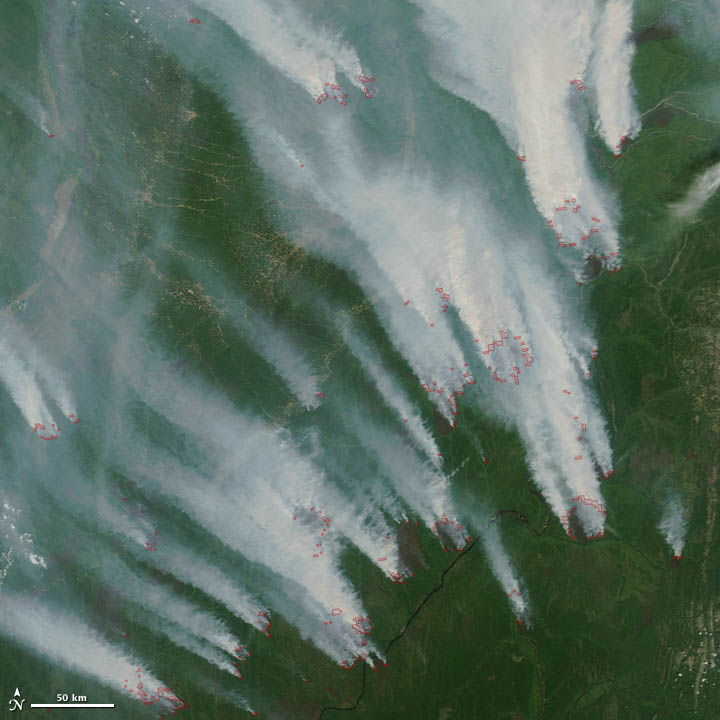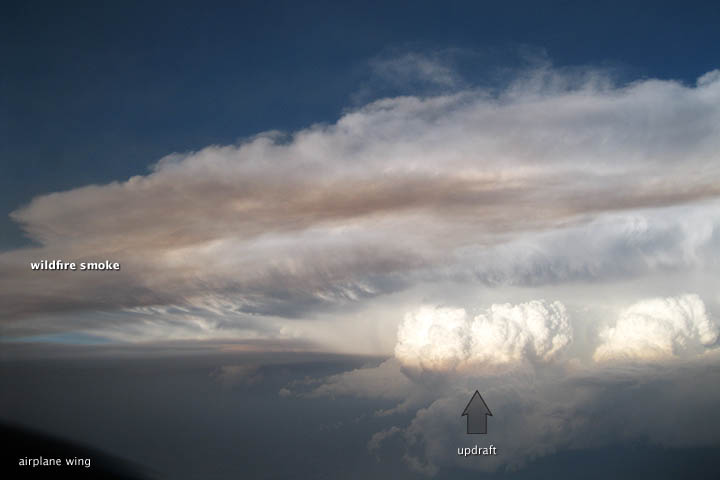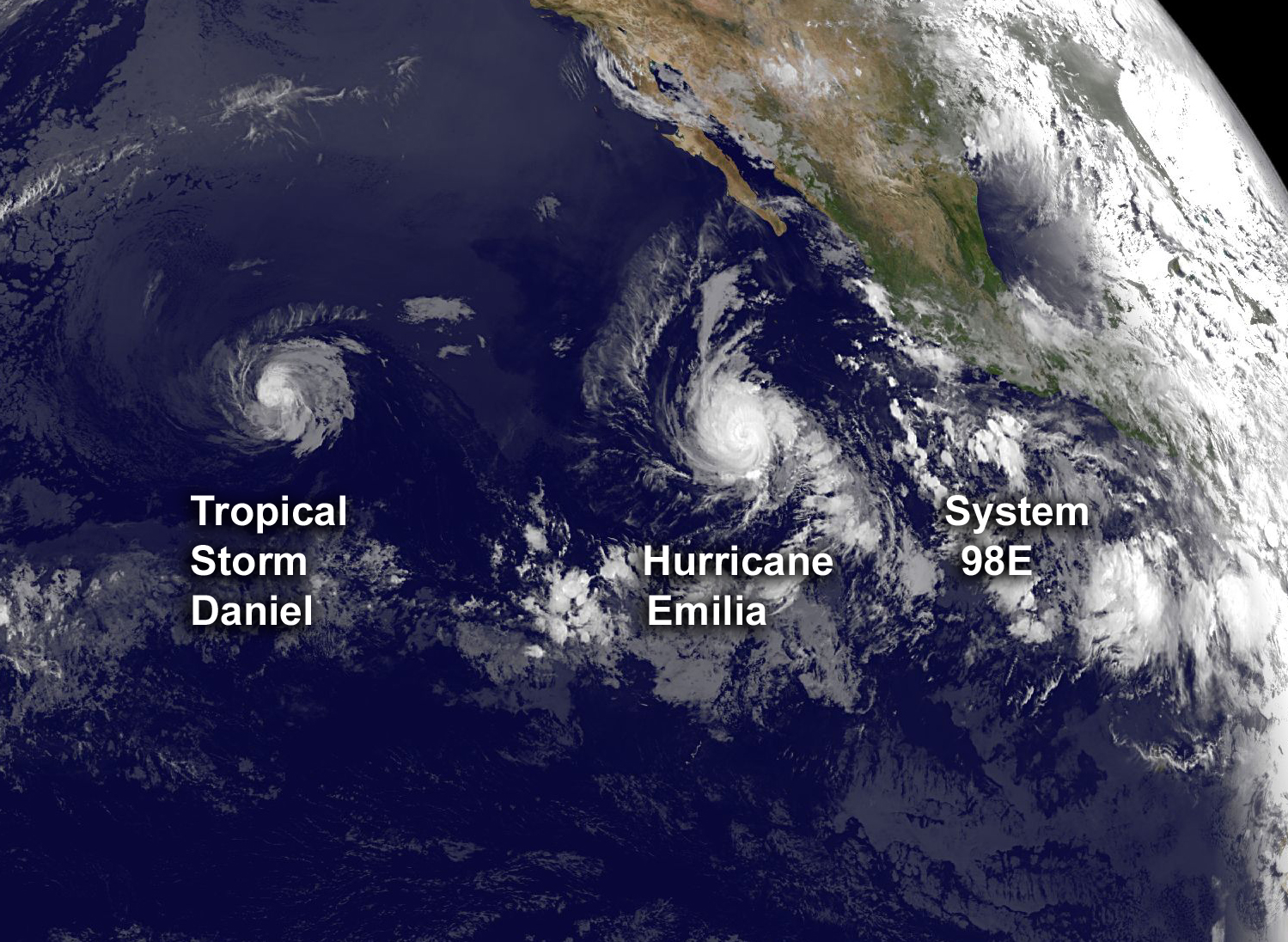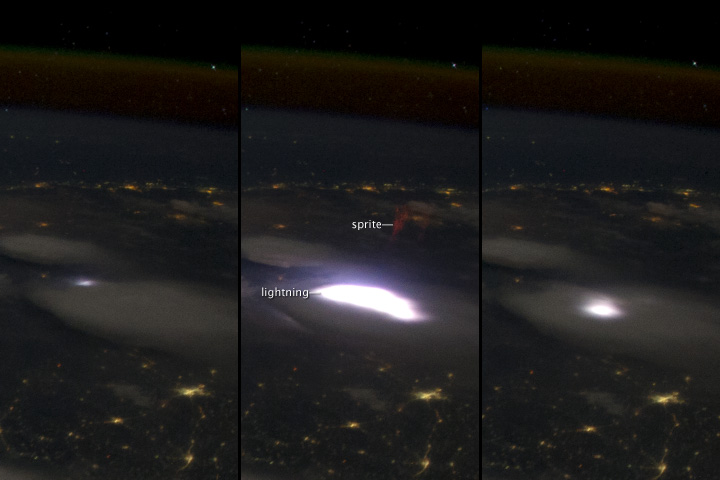
Best Earth Images of the Week - July 13, 2012
Encouraging and adorable

A picture of hope for the next generation of snow leopards in Mongolia's South Gobi.
[View Images: Rare Photos: Snow Leopard Babies in Dens]
Surprising Sight

A hidden camera caught a rare picture of a large black bear roaming near the South Rim of the Grand Canyon last month. The picture was recently released by park officials.
It's highly uncommon to see bears around this area because there are only a few natural water sources and it offers only marginal habitat, said Greg Holm, wildlife program manager at Grand Canyon National Park.
[Full Story: Rare Sight: Black Bear Photographed at Grand Canyon]
Worldwide Wildfires

Wildfires aren't just raging across the U.S. West, they're also burning, largely uncontrolled, in the boreal forests of Siberia, as shown in this NASA satellite photo.
As of yesterday (July 11), more than 97 square miles (250 square kilometers) of forests were burning, according to the Russian Federal Forestry Agency.
[Full Story: Satellite Photo Shows Siberia Ablaze]
Drawn in

NASA scientists on a recent research flight got an eyeful when their plane encountered a massive supercell thunderstorm gobbling up smoke from wildfires ?a phenomenon rarely glimpsed up close, and one that scientists are eager to study.
On June 22, one of the researchers aboard a DC-8 aircraft snapped images of curtains of thick, gray smoke being lofted high into the atmosphere and sucked up through soaring, anvil-shaped clouds that are the signature of large thunderstorms.
[Full Story: Dramatic Photos Show Wildfire Smoke Sucked Up by Storm]
Triple Threat

The Pacific Ocean is churning with activity, as can be seen in a new satellite image that shows three storm systems trailing one another across the ocean basin.
Tropical Storm Daniel is moving west toward Hawaii, followed by Hurricane Emilia. Just off the coast of Mexico, another possible tempest, known as System 98E, is brewing. As of this morning (July 11), the U.S. National Hurricane Center in Miami gives this system an 80 percent chance of becoming a tropical cyclone (the blanket term for tropical storms and hurricanes) in the next 48 hours.
[Full Story: Satellite Sees 3 Storms Swirling Across Pacific Ocean]
Sprites and elves

Near the edge of space, sprites and elves dance, but there's nothing mythical about them.
Sprites and elves are reddish, ultrafast bursts of electricity that are born near the edge of space, about 50 miles (80 kilometers) up in the atmosphere. Sprites are jellyfish-shaped, starting as balls of light that stream downward, whereas elves take the shape of ring-like halos.
One sprite was captured with a digital camera by Expedition 31 astronauts aboard the International Space Station as it traveled over Myanmar on April 30.
[Full Story: Astronaut Photo Captures Elusive, Strange Lightning]
Wafting Wildfire Smoke

An astronaut aboard the International Space Station snapped this photo showing ghostly wildfire smoke wafting in the darkness near the neighboring cities of Ciudad Juárez, Mexico, and El Paso, Texas.
The smoke likely comes from the Whitewater-Baldy fire, the largest in New Mexico's history, which has chewed through 465 square miles (1,205 square kilometers) of forests near Glenwood, N.M., since it was ignited by lightning on May 16, according to the U.S. Forest Service. The fire is about 225 miles (362 km) to the northeast of El Paso, and is now 87 percent contained.
[Full Story: Astronaut Photo Shows Wildfire Smoke at Night]
Get the world’s most fascinating discoveries delivered straight to your inbox.
 Live Science Plus
Live Science Plus






